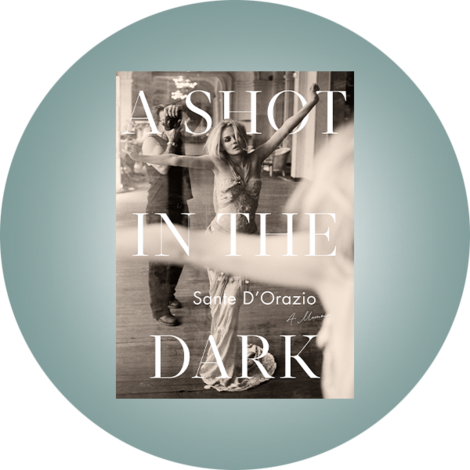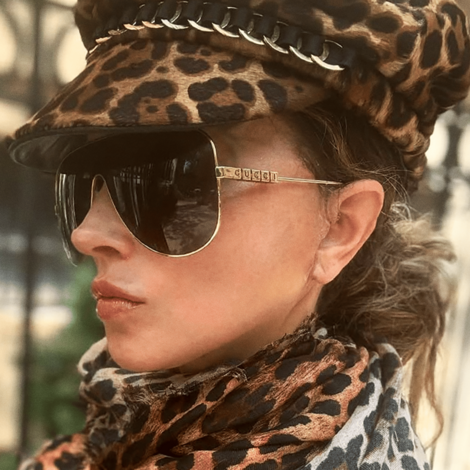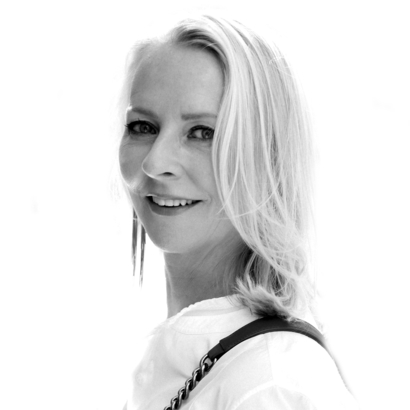When Vivian gets ready for bed, she starts with a pre-cleansing oil. From there, it’s a steady stream of carefully mapped-out steps: a foaming cleanser, a toner, and a moisturizing gel. Where once she dipped into a traditional cream, she now spritzes with a hydrating spray, which is kinder to her particular complexion. Vivian is 12.
Lulu started dabbling in skin care a year ago, at the age of 10, when she received a set of Drunk Elephant Littles, cute dollhouse-furniture-size bottles intended to enchant the uninitiated. She quickly graduated to full size, telling me she’s partial to the brand’s facial oil, moisturizer, and hydrating serum. Lulu spoke to me after soccer practice, holding her squirming dog in her lap.
Gone are the days when adolescents just swabbed their faces with Sea Breeze and dabbed on some Clearasil before hitting the pillow. Today’s tweens and teenagers are skin care’s most enticing demographic, and they’re serious about taking care of themselves. They research ingredients. They establish routines. Before double cleansing, they pull their hair back in crown-like headbands designed for the task. They speak fluent skin-care-ese.
Take Reed. At 15, she already has four years of skin-care experience under her belt. She can expound on active ingredients, clarifying solutions, and vitamins A and C. When she caught wind that Dr. Barbara Sturm was discontinuing her spot treatment, Reed stocked up. Her eye cream of choice is from MZ Skin and costs $145. “The expensive ones seem to be more active, and you can feel it working,” she says. “Otherwise it seems like a moisturizer in a small tub.” My feelings exactly.
Reed believes parents are crucial to developing their children’s taste in skin care, crediting “girls with supportive skin-care moms.” She should know. Her mother, Cayli Cavaco Reck, is the deeply supportive owner of the Knockout Beauty boutiques in Manhattan, Los Angeles, Bridgehampton, and Locust Valley, New York, which specialize in skin care and facials (including teen facials). When the Bridgehampton store opened in 2016, Reed, who was eight at the time, guided me through the product offerings with flair.
The very online nature of tween- and teendom is partially responsible for these new consumers. Some of the thrill, according to the girls I spoke to, is setting their phones on stands and recording themselves in their bathrooms, going through their nighttime ablutions in “Get Ready with Me” videos that have become popular on TikTok. Some of them are forbidden from posting anything on the app, and several I spoke with aren’t even permitted to watch it. No matter. The videos are intended for their own entertainment or shared in group chats with their closest friends. Sleepovers have become skin-care celebrations where girls test products and techniques. Unofficial after-school gatherings occur in the aisles of Sephora and Ulta, their shelves lined with boxed gift sets to supply the next birthday party.
The hot products now come from Glow Recipe, Bubble, Environ, and Drunk Elephant. Tiffany Masterson, the founder of Drunk Elephant, is well aware of her enthusiastic young fans. “And it’s a big, big deal,” she tells me. “Girls who are 13 or 14 are dragging their moms in the store because they can’t drive and they can’t pay.”
Drunk Elephant’s playful names—B-Goldi, Beste, Lala Retro—and colorful “almost toy-like” packaging are “Instagrammable and TikTokable,” says Masterson. The brand’s Web site offers recipes for Skincare Smoothies—drops of three or more products that are mixed together and massaged on the skin. “I wanted the line to appear very fun on the outside and very serious on the inside.”
That said, Masterson has no desire to sell seriously serious formulas to pre-adolescents, whose skin is too tender for many of the active ingredients in those bright bottles. “I want to keep 13-year-olds away from the retinols and the C Firma,” her vitamin C serum.
All this consumerist behavior and the early initiation into beauty culture have undoubtedly thorny consequences. The girls tend to look to older influencers for inspiration: Hayley Bieber, Iris Law, and Katie Fang. They want “glass skin, clear and very glowing,” says Vivian, noting that Instagram-trendy skin goals may not always be suitable for teens. But Lulu explains that her objectives are simple. “I just like doing it,” she says. “It’s enjoyable. But it also makes my face more hydrated and stuff.”
Amy Wechsler, a board-certified dermatologist and psychiatrist with a practice near many of these girls’ schools on New York’s Upper East Side, sees some positive aspects in this behavior. “They understand the need to take care of their skin,” she tells me. “And routines are important not just to skin but to life. Having a routine is helpful to stave off stress.”
She hasn’t seen any adverse reactions among her young patients. “They’re savvy, and [skin care] is not a bad thing to be savvy about.” That said, she tells patients who haven’t gone through puberty to stay away from toners, clay masks, and charcoal masks, which can be too harsh, and oils, which can clog pores and cause breakouts.
There are a handful of alternatives to the elaborate routines and acne-causing bacteria killers that dominate the market. One is Rile, a new skin-care line for tweens created by Kelly Atterton, a former editor at Allure and a current Contributing Editor at Air Mail Look. At 10 a.m. on a recent Sunday, Atterton conducted a skin-care class for tweens, teens, and their parents at Formula Fig in West Hollywood. Despite the hour, the place was mobbed. She started by challenging a few assumptions. “Your favorite influencers,” she announced, “are often paid to promote products that are too strong for young skin.” Sorry, Alix Earle. Atterton also departed from the common message that teenage skin is problem skin, dirty skin, skin in need of acids, exfoliants, and attack. “Your skin is at its best right now,” she told the audience. “It’s full of collagen and elastin.” And if you have a zit, she said, don’t blast your whole face, the way she once did. Spot-treat it instead, with a pimple patch. Atterton is clearly selling products, but her message is “Do the least amount possible.”
At Erewhon, Atterton recently ran into a friend and her daughter, who apparently didn’t heed that advice. The girl, tempted by her mother’s retinol serum, promptly developed a flaming rash. Her dermatologist—because she has one—asked her why, at 15, she was using something designed for middle-aged skin.
Middle age and its skin concerns seem far from the minds of these skin-care converts. “I’m not really thinking about wrinkles,” one 12-year-old tells me. “Also, there’s Botox for when I’m older, so I’m O.K.”
Linda Wells is the Editor at AIR MAIL LOOK





